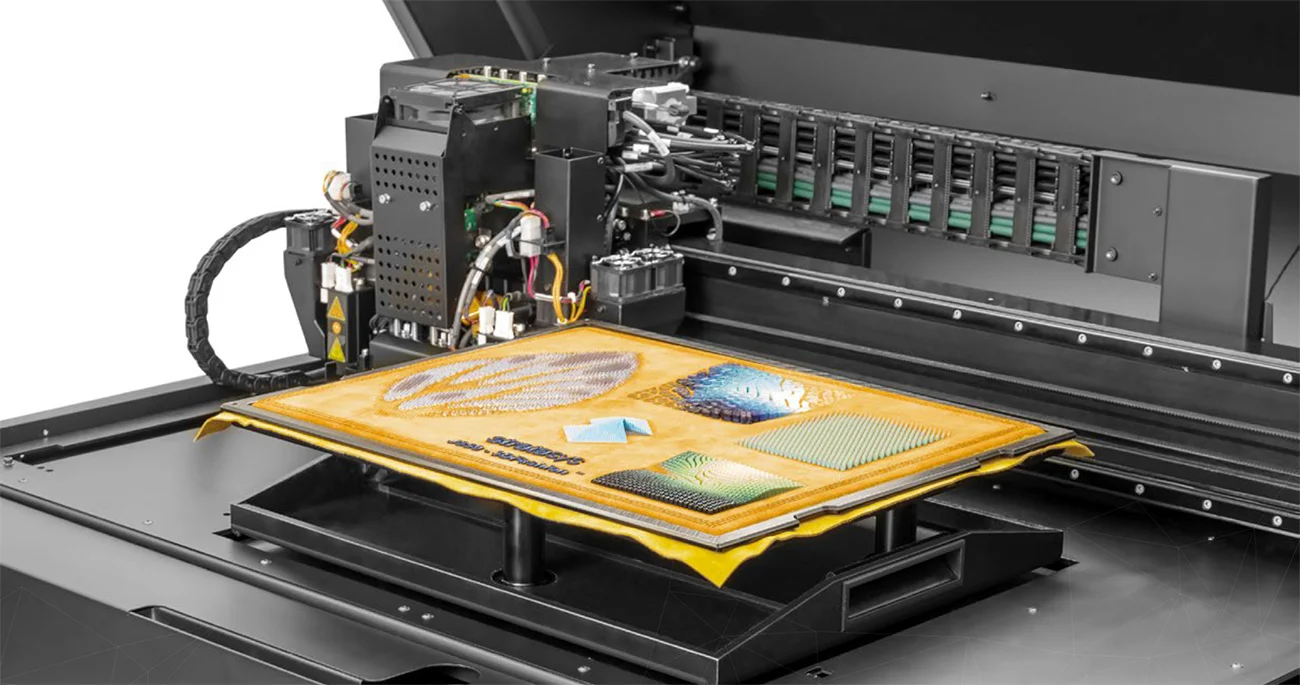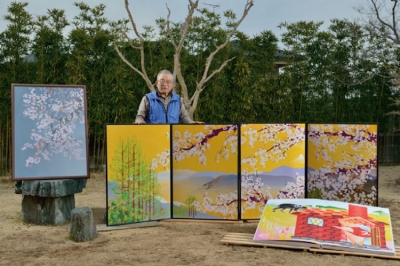
The digital revolution has penetrated extensively across the country, especially during the COVID-19 pandemic. The biggest beneficiaries of the use of technology have been students.
From Wordle to Google classroom, to reels and YouTube channels the digital revolution that began in India in the 90s has penetrated extensively across the country, especially during the COVID-19 pandemic.
Every person with a smartphone is now connected globally via the Internet and has some input (whether in the form of text. photos, videos, audios and charts) to share with the public at large.
The biggest beneficiaries of the use of technology have been the student community. Even before the pandemic most academic institutions had shifted their attention to collaborative instruction by introducing audio-visual elements. However, the forms of communication and collaboration that occurred in online teaching is something that was previously unheard of.
Easy access to information
For years, the teacher was considered the primary source of information and the learners passively received it. This model is still very much in evidence today. However, because of the access to information and educational opportunities that technology offers, the teacher now plays the role of a guide and mentor. Students these days take more responsibility for their own learning, using technology to gather relevant information. They collaborate on group projects using technology-based tools such as wikis and Google docs.
Some of the strongest technology buzzwords in recent years are distance learning, big data, machine learning and Internet of Things (IoT). Eventually, it all boils down to integrating technology into our lives, making learning easier.
Educators bring valuable knowledge to learners, both in theory and in real life. But smart educators are those who can create lessons, enabled by technology, and based on what students want to learn. For instance, eLearning is education or training delivered electronically. It can be in the form of slide-based online activities or an online course that helps a business train employees in necessary skills. This content is delivered to learners through computers, laptops, tablets or smartphones. The decision-making factor, in this scenario, encourages learners to make their own choices on what they want to study next.
New-age scenario
Video-assisted learning is another interesting trend. In this case, animated videos are used to teach lessons, making content easier to understand. Such videos reduce a teacher’s workload and are believed to improve the performance of students.
Then there is blockchain technology which is used in Massive Open Online Courses (MOOCs) and ePortfolios to verify skills and knowledge. The Distributed Ledger Technology (DLT) in blockchain is beneficial when it comes to data storage. Every time new data is added, it adds another “block” to the system, so the storage is technically limitless.
From hospitals to newsrooms, Artificial Intelligence (AI) is now a ubiquitous presence. Al can automate basic activities in education, like grading. It is now possible for teachers to automate grading when it comes to multiple-choice and fill-in-the-blank questions. Next comes immersive learning with VR and AR. The classroom experience has undergone a tremendous change since the introduction of Virtual Reality (VR) and Augmented Reality (AR) in education. The rise in demand for experiential learning has led to a push in the development of learning with VR and AR. The former provides a constructed reality, while AR gives an enhanced view of a real image. Thus, they help explain complex concepts that plain images or even a lab’s hands-on experiments cannot do.
Learning with creativity
STEM programmes are now STEAM, with the inclusion of Art. This new trend offers meaningful science, technology, engineering, art and math content to solve real-world problems through hands-on learning activities and creative design. It also creates a safe environment for learners to express and experience their ideas while thinking outside the box.
*STEM programmes are designed to develop a learners skills in science, technology, engineering and maths.
Did you know
Many educational institutes have started using social media as a communication tool in which students can share study materials, discuss with others in a group, or easily comment on someone else’s post.
Picture Credit : Google




